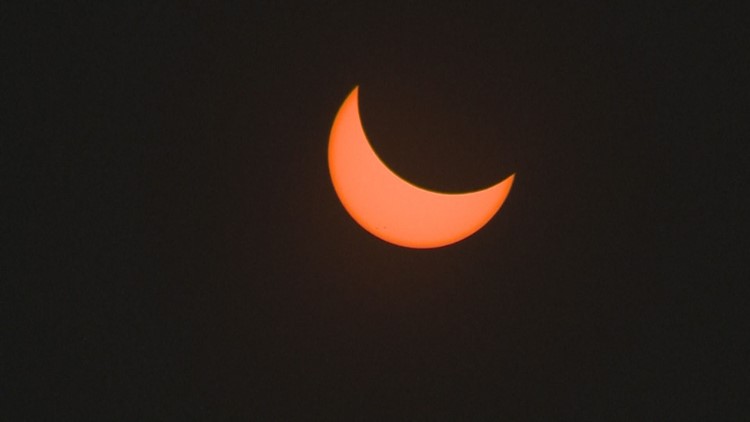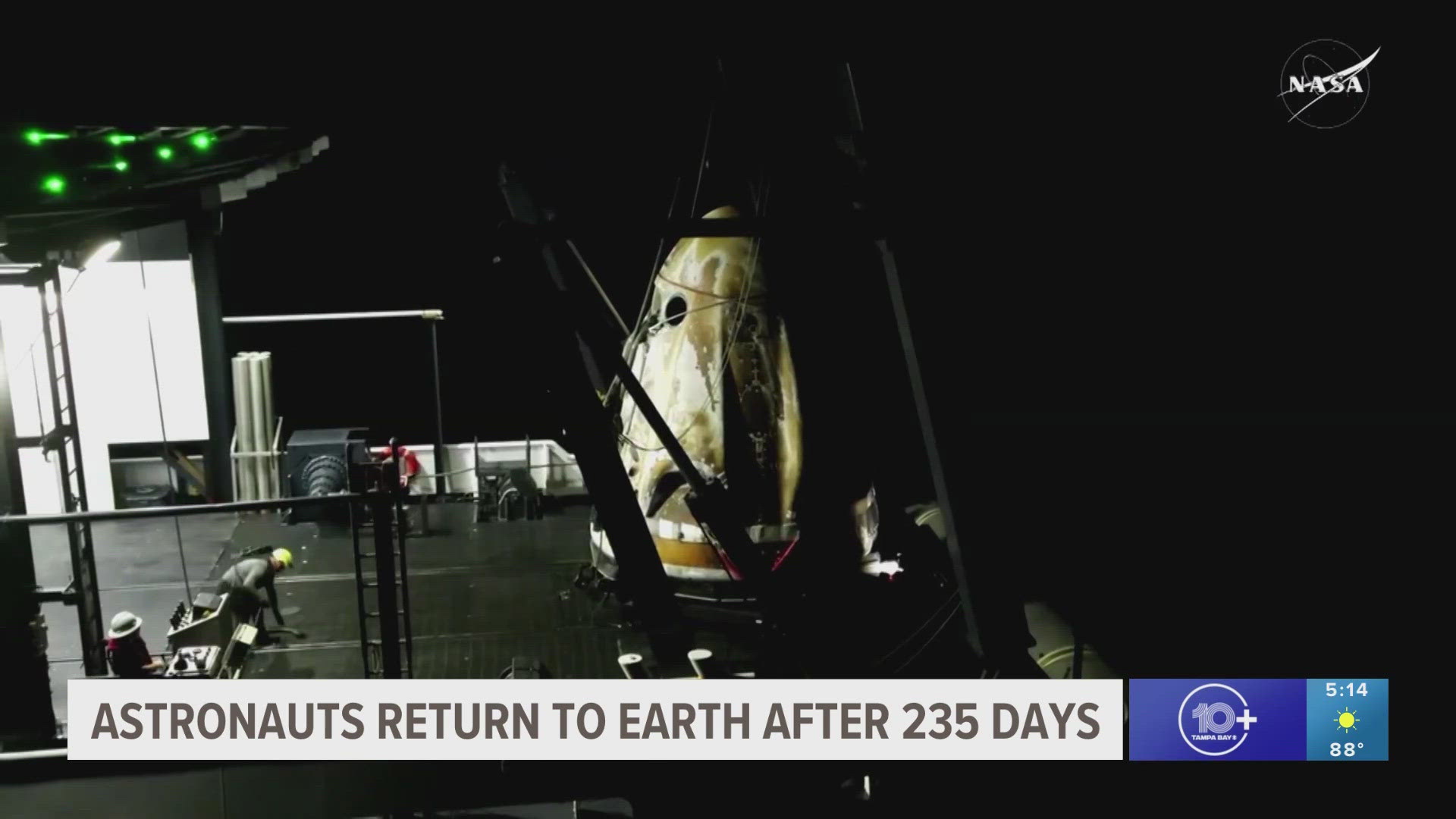ST. PETERSBURG, Fla. — This year's annular "ring of fire" solar eclipse in Florida is likely to be a good show if the sky stays clear this weekend.
The best place to be for the celestial event on Saturday, Oct. 14, is in parts of the western U.S. — this is where the moon will line up just precisely between the Earth and the sun to block out nearly all light except for an outermost ring. That's the "ring of fire" effect.
According to NASA, the path of annularity runs from Oregon southeast to Texas. Cities like Albuquerque and San Antonio are uniquely positioned to experience the full effect.
But elsewhere across the country, including Florida, people will still be able to see — with proper eye protection! — the moon cross directly in front of the sun and partially block its light. People across the state will be able to see about 50-60 percent of the sun's surface blotched out by the moon, enough to dim the sky.
NASA's interactive map details the show beginning around 11:50 a.m. on Saturday in Tampa. Around that time, the sun's surface begins to be blocked by the moon. More of its surface is blocked as time goes on, and it's not until about 1:25 p.m. that close to 60 percent of the sun's surface is obscured.
People could feel a slight change in temperature and a dimness in daylight at the show's peak, especially in places that experience even more of the effect, NASA said.
So about that weather in Florida: The 10 Tampa Bay weather team says it should be mostly sunny throughout the day except for the chance of scattered showers and storms. Hopefully, there will be enough blue sky to look up!
Just remember to watch the eclipse with protective eyewear or by looking at the sun projected on a piece of paper. This is what NASA advises:
"Poke a small hole in an index card with a pencil point, face it toward the Sun, and hold a second card three or four feet behind it in its shadow. You will see a projected image of the Sun on the second card."
The last time the U.S. saw an annular eclipse was in May 2012. A complete "total" solar eclipse where the moon completely blocks the sun last occurred in August 2017 in the U.S.



